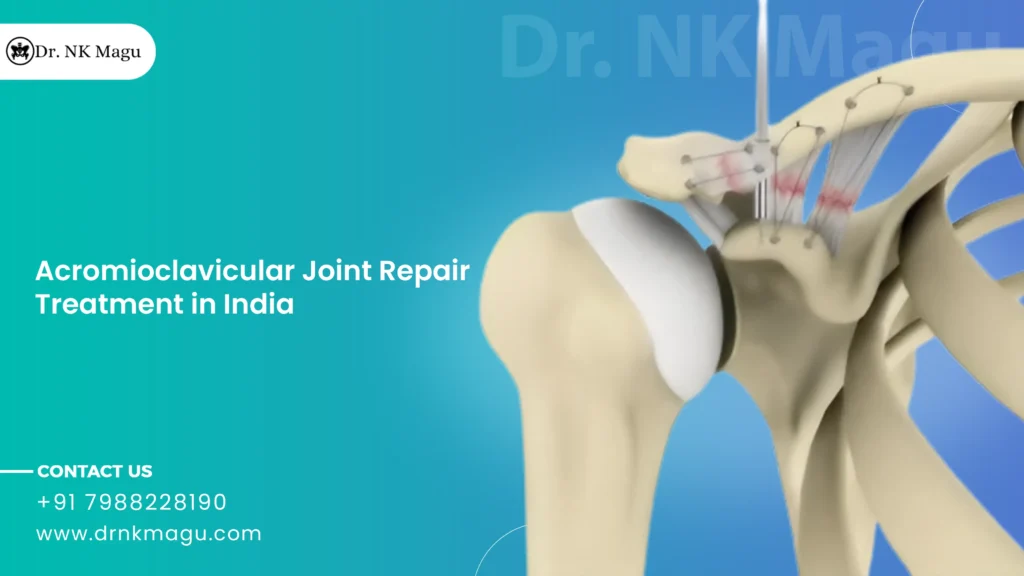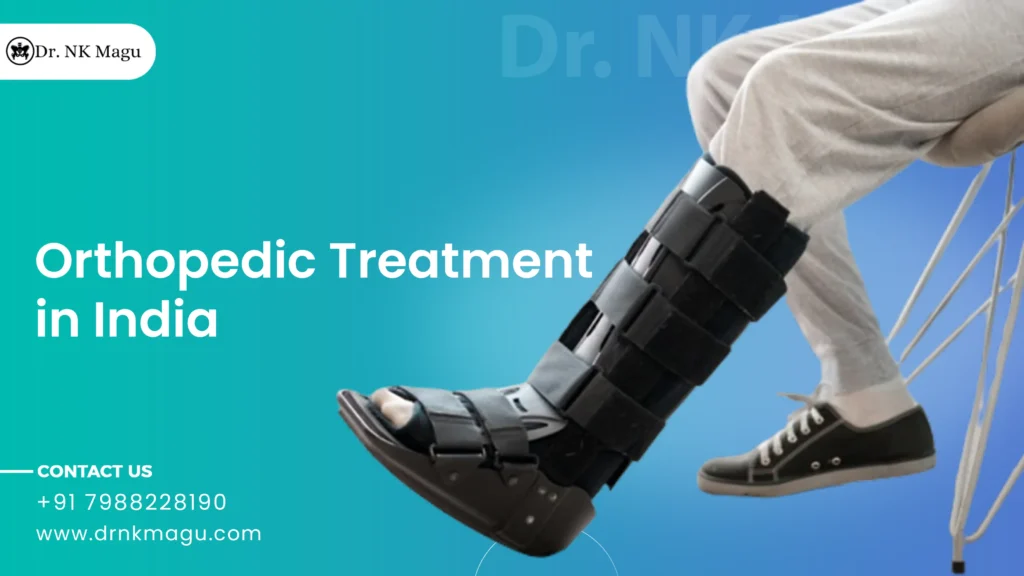What is Minimally Invasive Spine Surgery?
Surgery on the bones of your spine, or backbone, is known as minimally invasive spine surgery, or MISS. Compared to conventional surgery, this kind of surgery requires fewer incisions. This usually results in less damage to surrounding tissues, including muscles. It may result in a quicker recovery from surgery and reduced discomfort.
Open surgery is the term for the common technique used in spine surgery. This requires a lengthy back incision. It would be necessary to remove the surrounding soft tissue and muscles from the spine. Tissue might need to be removed under certain circumstances. With fewer incisions, minimally invasive spine surgery achieves the same objective as open surgery.
- Longer incisions result in more muscle injury.
- Minimally invasive spine surgery spares the surrounding muscles a great deal of injury because the incision is smaller. This usually means a quicker recovery following surgery and less pain. However, minimally invasive spine surgery is technically more difficult for the surgeon since it requires a longer learning curve due to the tiny aperture through which the procedure is performed.
Why May I Need Minimally Invasive Spine Surgery?
The majority of back pain sufferers won’t require surgery. If you have a back issue that hasn’t improved after trying medication or physical therapy, your doctor may suggest spine surgery. Spine surgery may be necessary if your discomfort is not significantly reduced. Not all back conditions can be resolved by spine surgery, though. Only if you have a condition for which surgery may be beneficial will your healthcare practitioner recommend spine surgery. This covers circumstances like:
- Spinal instability
- Spondylolysis
- Fractured vertebra
- Removal of a tumor in the spine
- Infection in the spine
- Herniated disc
- Spinal stenosis
- Spinal deformities such as scoliosis
Which Spine Procedures Can Be Carried Out With a Minimally Invasive Technique?
A minimally invasive technique can be used to execute a variety of spine procedures. These consist of:
- Spinal fusion is frequently used to treat “slipped” or degenerative discs.
- Adjustments for deformities including kyphosis and scoliosis.
- Compression of tumors in the spine.
- Fixing and supporting compression fractures in the vertebrae.
- Back stenosis in the spine.
- A spinal infection.
Minimally Invasive Spine Surgery Cost in India
Minimally Invasive Spine Surgery Cost in India starts from Rs. 3,90,000 to Rs. 7,06,000 (4700 USD to 8500 USD) and for patients and individuals who are interested in Minimally Invasive Spine surgery in India, the nation provides a first-rate facility with state-of-the-art technology and equipment and has access to the greatest and most experienced doctors for Minimally Invasive Spine surgery in India with guarantees of very high-quality care. Furthermore, Minimally Invasive Spine surgery cost in India is less than in other well-developed nations.
| Starting Cost | Rs. 3,90,000 (4700 USD) |
| Average Cost | Rs. 4,32,000 (5200 USD) |
| Maximum Cost | Rs. 7,06,000 (8500 USD) |
Starting Average Prices in Different Cities:
| Cities | Starting Price |
| Delhi | Rs 3,90,000 (4700 USD) |
| Gurgaon | Rs 3,57,000 (4300 USD) |
| Noida | Rs. 3,40,000 (4100 USD) |
| Mumbai | Rs 3,90,000 (4700 USD) |
| Hyderabad | Rs. 3,40,000 (4100 USD) |
| Chennai | Rs 3,90,000 (4700 USD) |
| Kolkata | Rs. 3,40,000 (4100 USD) |
| Bangalore | Rs 3,90,000 (4700 USD) |
What Are The Types of Diagnosis Done for Minimally Invasive Surgery?
Your orthopedic doctor will perform the following tests in order to assess your problem and begin a treatment plan before the procedure, prior to recommending the surgery:
- Both general health and medical issues will be questions for your doctor.
- will enquire about the nature, length, and effect of your spine pain on your regular activities.
- To determine the state of your spine, an imaging test will be conducted.
- Check to see if other, safer treatment options have been considered and if you were made aware of other surgical options.
How is Minimally Invasive Surgery Performed?
With minimally invasive spine surgery, the doctor will evaluate and investigate the advantages and any drawbacks. Complete medical assessment prior to surgery by your healthcare team.
Examination of blood to check for normal parameters. Furthermore, there may be medications that need to be stopped prior to surgery. non-steroidal anti-inflammatory drugs, like blood thinners, aspirin, and ibuprofen.
- Anaesthesia is used throughout this treatment. Regional or general anaesthesia are the most common types of anaesthesia used for MISS.
- MISS uses specialised instruments called tubular retractors.
- A little incision is created at the beginning of the procedure, and the tubular retractor is introduced into the backbone through the soft tissues and skin. This opens a conduit into the little space in the vertebrae where the issue is located.
- Throughout the procedure, the muscles are held in place by the tubular retractor.
- Using tiny instruments that fit through the middle of the tubular retractor, the surgeon makes incisions on the backbone.
- Any removed disc material or bone escapes through the retractor, and any additional equipment needed, like as screws or sticks, is put through the retractor. Several retractors are needed for some procedures.
- Using fluoroscopy or endoscopy, the surgeon can indicate where to make the incision and then fit the retractor.
- At the end of the procedure, the tubular retractor is removed, and the muscles revert to their starting positions, preventing muscle strain.
- The cut wound is sealed with glue, staples, or stitches.
After the Procedure
- Antibiotics are given in order to stop infections.
- After surgery, painkillers are recommended to treat pain.
- Depending on the treatment and overall state, the patient is typically released from the hospital the same day or within 1-2 days following surgery.
- Maintaining follow-up meetings with the specialist for a post-operative check-up is crucial.
- Any infection-related symptoms ought to be reported very away.
- Rehabilitation and physical therapy are crucial components of the healing process.
Why Choose Dr. N. K. Magu?
Dr. N. K. Magu is a world-renowned orthopedic surgeon from India whose outstanding expertise and dedication to the field have gained him international fame. Over the course of several decades, Dr. N. K. Magu has proven to be an exceptional specialist in a number of orthopedic fields, especially when it comes to hip preservation, reconstruction, proximal femoral osteotomies, and other related areas. His reputation as one of the best orthopedic surgeons in the world has been cemented by his unparalleled commitment to enhancing the quality of life for his many patients.













